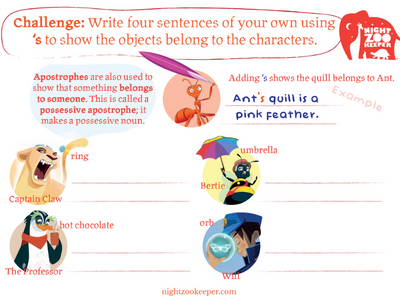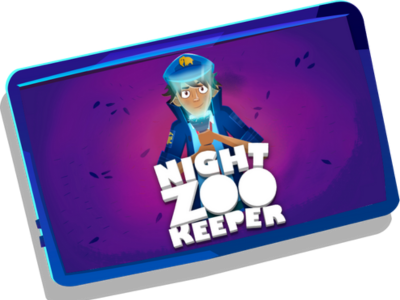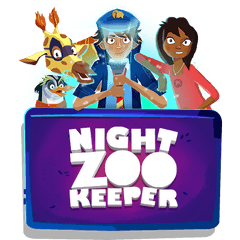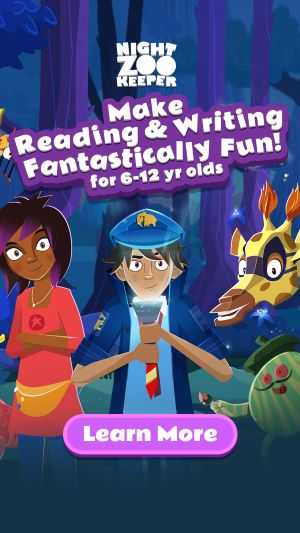Apostrophes
Learn how to use apostrophes

Home > Resources & Worksheets > Punctuation > Apostrophes
Apostrophes are a very useful punctuation mark and have a variety of purposes in writing. Incorrect use of this punctuation mark can completely change the meaning of a sentence, so it’s important that your child understands how to properly use apostrophes in their writing.
This guide includes free tips, activities, and resources to help your child learn everything they need to know about apostrophes!
When to use apostrophes
Here’s a list of instances where apostrophes are needed:
- To create a possessive case between the common or proper noun and the rest of the sentence. This can be done to signify possession or relationship.
- To transform compound nouns/compound words into plural or singular possessive nouns.
- To transform numerals into possessive nouns.
- To replace missing letters. Omitted letters are commonly used to demonstrate a character's voice.
- To create abbreviations.
- To create contractions.
Apostrophes aren’t normally paired with personal pronouns, as they have their own version of possessive pronouns to demonstrate ownership. For example, I becomes my, you becomes your, and so on.

Apostrophes to show ownership
Showing readers who owns something in writing can be difficult, but this is one of the main purposes of using apostrophes.
Your child can show ownership with apostrophes simply by adding -’s after the name of the person that owns that item.
Example
- Sam the Spying Giraffe’s blue pencil case is so cool!
This sentence is telling the readers that Sam has a blue pencil which is really cool. Apostrophes that show ownership are also sometimes called possessive apostrophes.
Exceptions to the -’s rule
Generally, adding a single letter (‘s) to the end of the word is the norm when using apostrophes, but there are some exceptions.
Sometimes, your child will need to demonstrate ownership for plural nouns (like groups of people). In this case, if the noun is in its plural form and already ends with an s, you will simply need to add the apostrophe (without adding an s). This is also used to signify joint possession.
It’s important to note that some plural nouns won’t end in an s, so your child will still need to add the -'s.
Examples
- The twins’ bedroom was decorated with posters of their favorite bands.
- The children’s toys were scattered everywhere!
One last exception to be mindful of is when a singular noun/singular proper noun already ends with an s. In this case, your child will only need to add an apostrophe after the s.
Examples
- This species' spots are irregular.
- Mr. Jones’ lessons are the best!
Apostrophes for contractions
A contraction is a word that combines two words to make the word shorter. They're often used in verbal communication, but when used in writing, contractions can make a story feel more conversational and less formal. Contractions help a piece of writing sound more natural, and closer to how it would sound if spoken.
Rules for contractions
As mentioned above, contractions are recognized based on the apostrophe replacing a sound that would be there if the two words were not combined. For example, the contraction “doesn’t” comes from the words “does not”. The apostrophe replaces the letter “o” in this case.
Common contractions
There are many different types of contractions. Here's a list of common examples:
- Aren’t (are & not)
- We’ll (we & will)
- They’re (they & are)
- Didn’t (did & not)
- He’ll (he & will)
- Can’t (can & not)
- There’s (there & is)
- Couldn’t (could & not)
- I’m (I & am)
- It’s (it & is)
This list doesn't include all the contractions, but these examples should give your child a good idea of how to recognize them!
Activity & Resource
Now that your child has everything they need to successfully use apostrophes in their writing, download this resource to get them to practice their skills:

How Night Zookeeper can help

Night Zookeeper makes reading & writing fantastically fun for children!
Our award-winning reading & writing program includes thousands of educational activities and resources, from interactive lessons on formal writing, to sentence construction games, to skills challenges.
Sign today to get a FREE 7-day trial!
More Resources
- Capital Letters
- Commas
- Speech Marks
- Punctuation (overview)
Related Content


Make Reading & Writing Fantastically Fun!
- Award-winning reading & writing program for kids
- Improves spelling, grammar, punctuation & vocabulary
- Over 1,000 different learning games and activities



